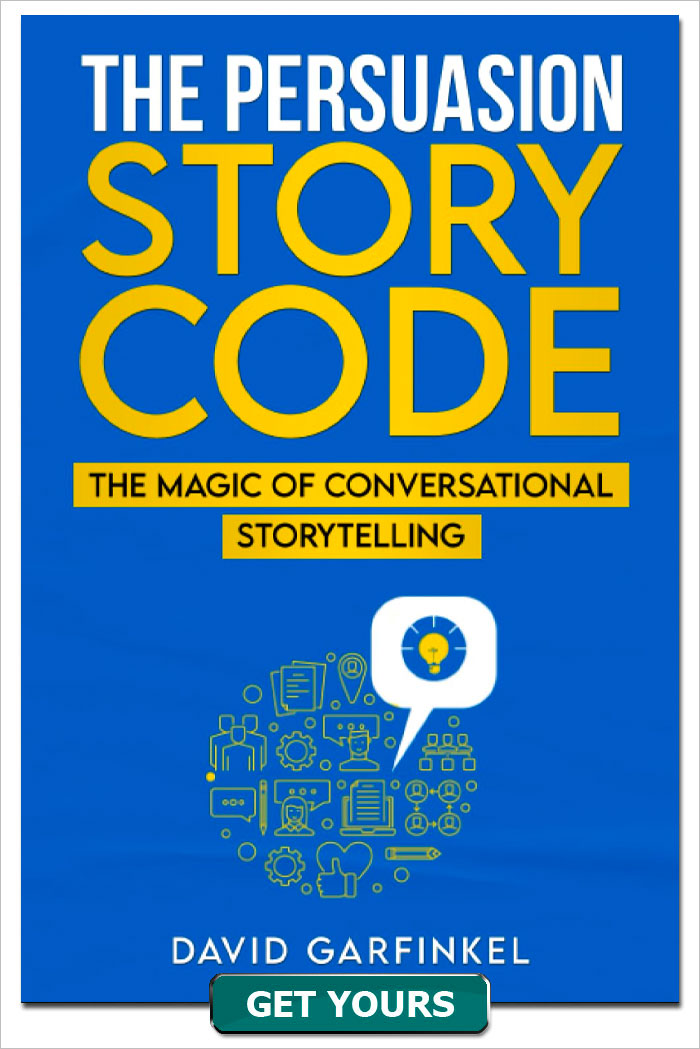Post-Literacy Copywriting
Published by: David Garfinkel on 06-22-2020
Tweet
If you’ve noticed that your copy isn’t converting recently as well as it used to, maybe it’s too complicated to read.
Now, copywriting experts have been saying what I just said since the time of Claude Hopkins, more than 100 years ago. Which is since the dawn of time, as far as direct-response copywriting goes.
But in the last few years, things have changed. Simply writing less complicated copy isn’t good enough, because the way people read has been altered. People now read by text messages. By Facebook. By Instagram. By Youtube.
Some people I find worth listening to are saying that people’s brains have changed. It’s not my original idea, and I’ll get into this in more detail in just a little bit. But the way we’re spending so much time with our screens is literally rewiring our neural pathways, and this changes our brains. Which changes the way we read.
I’m gonna say that, as marketers and copywriters, we have been living in a world that is not as literate as it used to be, and this is by a wide margin. Since we can’t customize our copy for every individual reader, we have to pick one person to represent all of them. And I think the reality is, in a lot of cases, that one person, that avatar, is someone I would call post-literate.
Post-literate. Not illiterate. Post-literate means they can read, but they don’t want to. Maybe not the way that you do.
They don’t want to have to focus very much at all. They don’t have patience for anything too complicated.
So, the market is not the same level of literate that we used to think we could write to and sell.
On average. Of course, there are some 15-year-olds who sound like Oxford professors when they speak. But I’m talking about the market in general, the broad swath of people who might buy your offer. The target prospect you are trying to reach, for most businesses. We’ll look at what’s happening and why.
I’m also going to suggest three simple, powerful things you can do in the way you write your copy that will reach the increasing post-literate portion of your market, and will work just as well with the literate members of your market as it always did.
Here are some of the many topics we covered in today’s show:
Multitasking
The shrinking percentage of the market that can still read
Something Gene Schwartz said (long before the current situation arrived) that could be very helpful now
How farm animals think (and why that matters to marketers and copywriters)
Our genetic need for storytelling — a key to reaching “non-readers”
Three easy changes you can make to your copy to reach more prospects.
One article and three books mentioned on today’s show:
Adam Garfinkle article: https://www.nationalaffairs.com/publications/detail/the-erosion-of-deep-literacy
The Brilliance Breakthrough, by Gene Schwartz: https://brilliancebreakthroughbook.com
Thinking in Pictures, by Temple Grandin: https://www.amazon.com/dp/B001ODEQS4
Wired for Story, by Lisa Cron https://www.amazon.com/Wired-Story-Writers-Science-Sentence-ebook/dp/B005X0JTGI
Keywords: sales copy for today's readers









